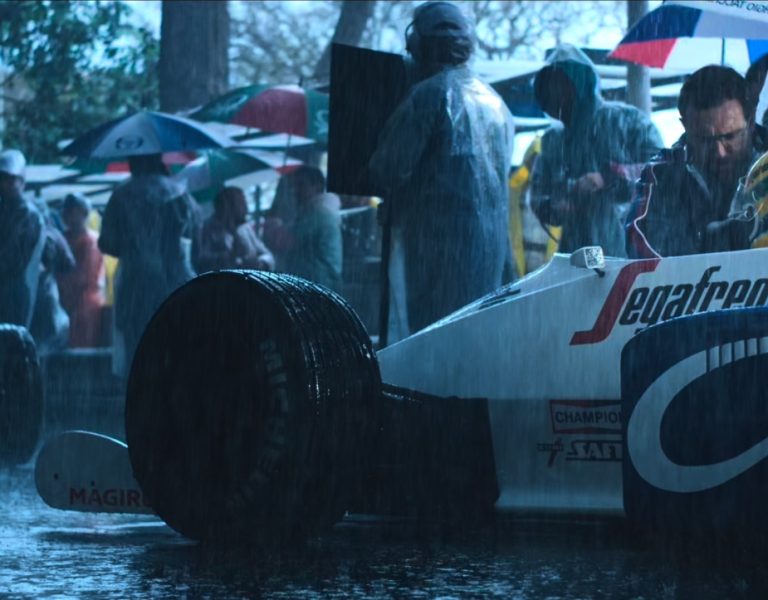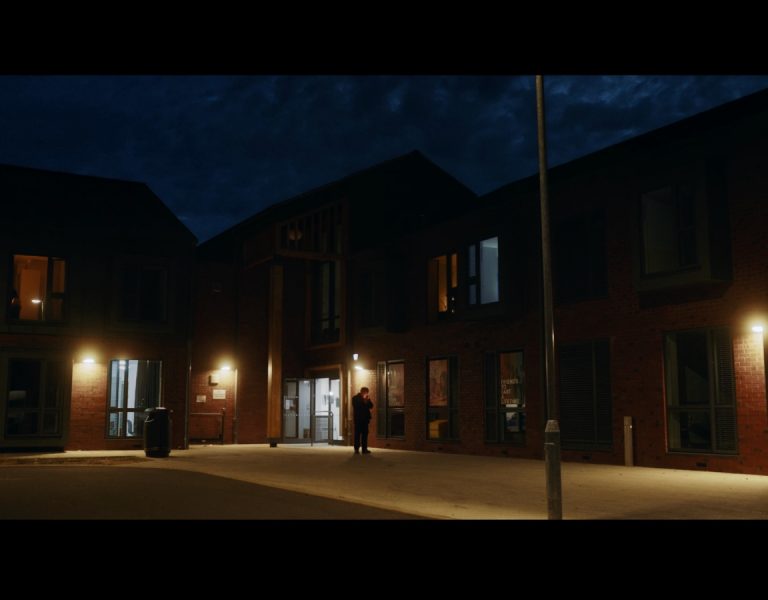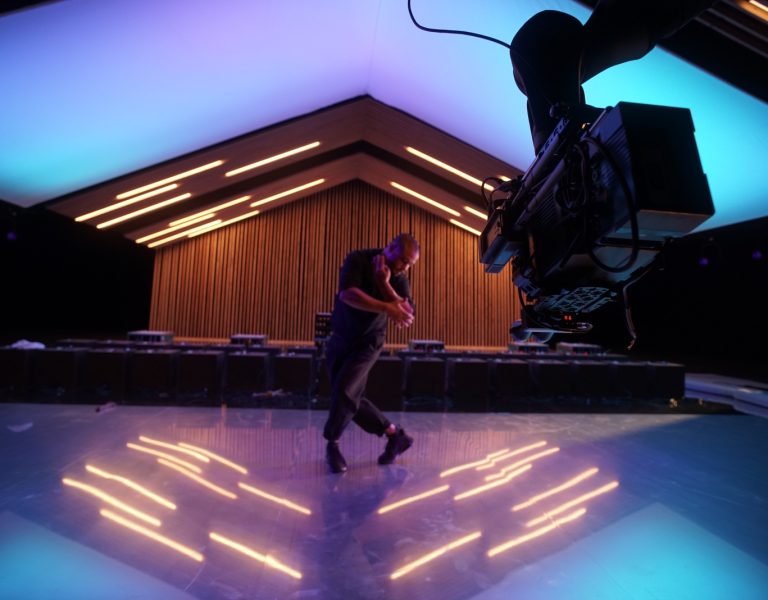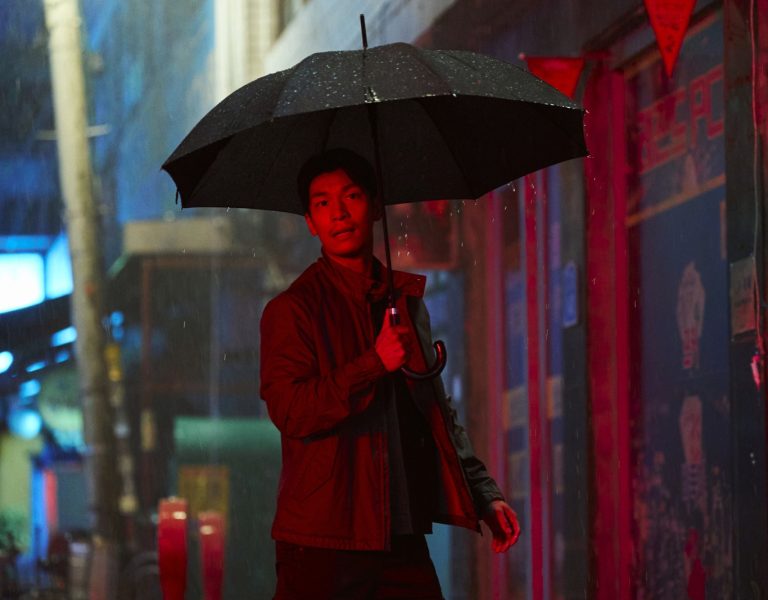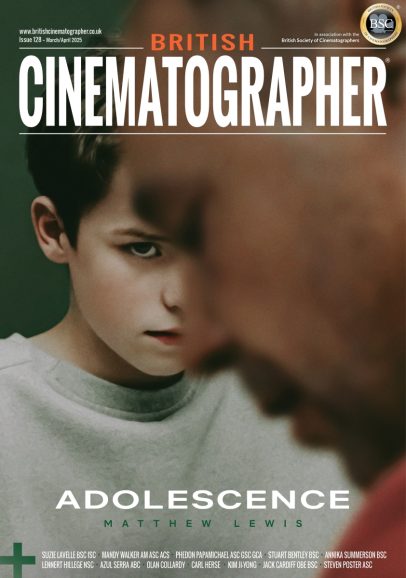
Overview: Whiteboy is a short film about a young boy who is plucked out of his life in England and moved to the Philippines due to his parents separation. Whiteboy is a spiritual film about the feeling of not belonging.
What were your initial discussions about the visual approach for the film? What look and mood were you trying to achieve?
Our initial discussions in terms of visual approach always start with core emotions. Once we’ve figured out what the core emotions are, I find the look often presents itself in testing and preparation. We start off with the visual language and to me that is the precursor to cinematography, without that established we don’t have a foundation to build on. We have emotions and sentiments that we are trying to capture and it is often through trial and error we work towards something that feels right. It’s quite instinctive I suppose.
We knew we wanted the film to feel warm and colourful as it is set in the Philippines which is a beautiful and vibrant country. It needed to feel hot and texture was very important to us. Me and the director both love organic images and try to avoid things looking too ‘clean’. I think mood varies from scene to scene but an important feeling was to capture nostalgia.

What were your creative references and inspirations? Which films, still photography or paintings were you influenced by?
Our visual inspirations were quite heavily inspired by Chayse Irvin’s work with Kahlil Joseph. There is a natural and holistic feeling from their work as a duo. We were very fortunate to have Chayse come to the NFTS for a masterclass and he mostly spoke of his philosophies and Taoism, something which I endeavoured to channel in my work on Whiteboy. We also looked at Filipino cinema and the work of photographers such as Dorthea Lange and Fan Ho. Fan Ho is a personal favourite of mine and his work photographing 1950’s China is a masterclass on working with sunlight.
What filming locations were used? Were any sets constructed? Did any of the locations present any challenges?
The film was set in the Philippines which sadly due to Covid19 we were unable to travel to. This resulted in our production designer Sehar Kidwai building a fantastic set on location in the woods near Beaconsfield. We also had some vehicle work that we used a virtual production volume and a series of plates we’d commissioned from a team in the Philippines. We managed to find a tropical forest location which really elevated the film and helped sell the feeling of being in the Philippines. These all came with their own challenges especially regarding power. For the set build we had a 20k generator however for the tropical forest location I was allowed only a 7k generator. This coupled with the need for a bright hot scene meant we were heavily dependent on the sun and LED’s. I used either a Chroma Q Brute Force Wendy light or a 4k HMI depending on what the sun was doing and besides that utilised a lot of mirrors. The director is a lucky charm and in this film and the previous film we filmed always seems to get the weather he needs. I hope my saying this doesn’t jinx that!
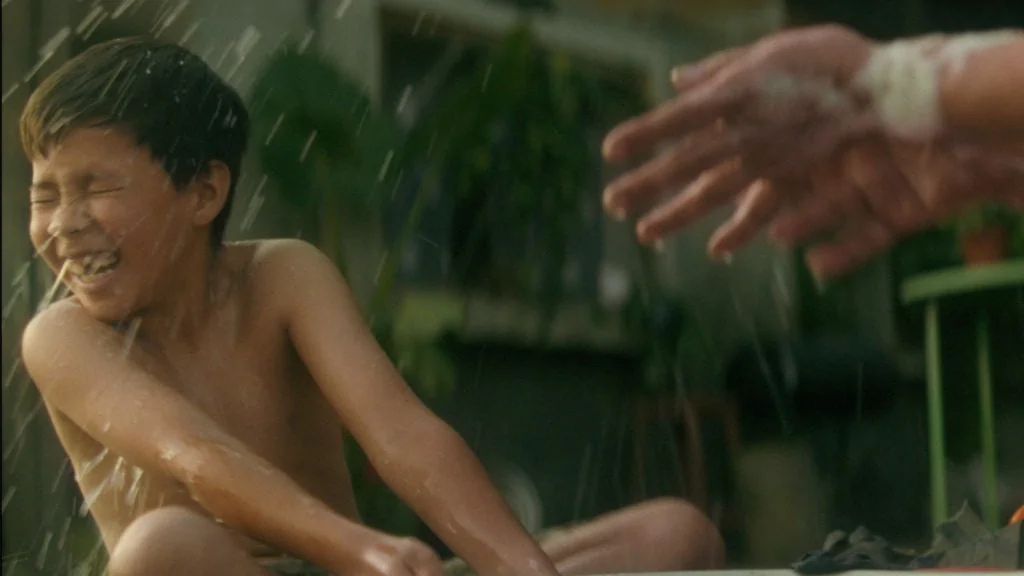
Can you explain your choice of camera and lenses and what made them suitable for this production and the look you were trying to achieve?
We shot digital on the Alexa Mini with a collection of E Series, Ultra Gold High Speed and Primo anamorphics from Panavision. It took much deliberation for us to settle on the right lens for this film as our references varied so much. It was less to do with the lens itself and more to do with the final aspect ratio, as I find it’s fairly easy to make any lens look like another with the right filtration, however focal lengths and aspect ratio are the key influences on composition which to me is a much bigger influence on narrative cinematography.
The final aspect ratio of 2.66:1 seemed right for us in creating a level of scope (pun intended) that this world needed, especially when having to cheat an entire country with a very different climate to England. We wanted to shoot 35mm however due to working with children and non actors we decided that digital would allow us more flexibility which we ultimately needed. We wanted the world to feel magical and we were torn between shooting an aspect ratio of 1.66 or anamorphic. We wanted the realism that 1.66 offered but also wanted it to feel heightened. In the end we settled on 2.66:1 and I feel it was the right decision for the film. I crafted a texture within the lens using Tiffen’s Smoque, Black Pearlescent and Glimmer Glass filters. I stacked them together to create a look that felt unique but not over cooked.

What was your approach to lighting the film? Which was the most difficult scene to light?
My approach to lighting the film was to override the bleak British weather and to lift it up to be bright and feeling hot. The hardest scenes to light were certainly the exterior scenes because as fortunate as we were with the weather the sun would come and go as it pleased. I felt awful for my gaffer and the lighting team when they had to lug the Brute Force Wendy through the jungle and bring it up and down as the sun came and went. My gaffer dubbed the light ‘the sun summoner’ because you could guarantee as soon as it was set up and ready to go, the sun would come out anyway. We had a very challenging exterior night scene with difficult terrain and a very narrow window of time to shoot due to child working hours. We ultimately had to split the scene over 2 different evenings and matching became very challenging. If I could go back and reshoot any scene it would be that one!
What role did camera movement, composition and framing and colour play in the visual storytelling?
This film depended on us connecting with the young boy and the movement and composition supporting that was vital. A lot of the film is told from his height, and an example of this is a scene where the boy is lying on his back watching his grandmother and a witchdoctor talk in Tagalog about him. He doesn’t speak Tagalog but can tell they’re talking about him. For this we decided to flip the sensor and shoot upside down to see the world he’s spectating through his eyes. It’s one of my favourite shots in the film and an important shot in keeping us grounded in his perspective. Movement of the camera was something that me and the director both wanted, but we wanted to make sure it was rarely felt. I used my steadicam operator and good friend Nathan Claridge who as a DP himself with a long history of steadicam operating did a fantastic job of keeping the movements there but not obvious.

What were you trying to achieve in the grade?
In the grade I mostly wanted to preserve the look we’d achieved in camera, I don’t shoot with any luts just shoot rec.709, I find a lot of colour and tone comes from the lighting, lenses and filtration. The stacked filters added a green hue to a lot of the shots and at first I’d tried to dial it out before we started shooting and realised I actually really liked it. We had wanted a soft contrast and the Smoque filters really facilitated that, I’d initially booked Low Contrast filters but the Smoque covered so much of it I dropped them. For me the grade is the chance to just tweak some of the inconsistencies, I try not to push the image around too much afterwards, I’d rather get it done in camera.
Which elements of the film were most challenging to shoot and how did you overcome those obstacles?
This film presented quite the mountain of challenges, being set in the Philippines but shooting in England, using LED volumes and directing a 2nd unit local team in the Philippines to shoot our plates for us, children’s working hours, wirework stunts and DFX also working with a cast of non actors. We had been warned in our greenlight that this film would be impossible however having been told the same thing on the previous film me and the director had worked on. We felt confident. The production team were amazing and solved so many of our logistical problems that could have really brought the film to a halt, they managed to source the only Jeepney (a vehicle exclusively found in the Philippines) in England. The production designer Sehar Kidwai built a fantastic set which ultimately made my job far easier. We had some very technical shots on this film and as much as going handheld would have sped the whole thing up and made it easier, it wasn’t right for the film. So we marched into battle and everyone worked their socks off.
It’s cliche to say I couldn’t have done this without my team but it’s so true. Without everyone else’s passion for making this film we wouldn’t have made the day on any of our days. One thing me and the director had made sure of was that we had drawn between us every shot in the film and visited the sets to shoot a lowfi previs. This meant when we arrived we knew where we needed to be. However as always things changed and being as flexible as possible, the schedule would be chopped and changed throughout the day and the 1st AD did a great job of juggling that. I could go into detail about every way we solved the problems we faced, but we’d need a whole book to do that. So ultimately I would say it came down to trust in each other and sheer bull headed stubbornness that made it happen, everyone at some point got stuck in.

What was your proudest moment throughout the production process or which scene/shot are you most proud of?
Some of the shots I’m most proud of are the least impressive shots in the film, they’re the shots that took months of negotiations to realise, shots that couldn’t be done any other way but needed a lot of persuasion to be done in that way. We’d been told to shoot greenscreen instead of virtual production, or to shoot rear projection. However we only had a half day to shoot all of the vehicle scenes. To me it was impossible without using LED volumes. The speed we could work at and the ambient light that came from the volumes did a lot of the leg work in lighting.
They also gave our young actor something to actually look at and respond to which you simply don’t get from green screen. Not to mention the reflections and other random things reality brings. It took over a month and three attempts to coordinate between translators and the team that was based in the Philippines to get the correct plates we needed. I love the shot of the boy upside down because it’s so simple but grounds us so much in his perspective. And ironically one of my favourite scenes was our simplest scene, where the boy and his grandmother are just hanging out and he’s asking her how to say random things in Tagalog. The whole scene was improvised and it was lit with just a 5k bounced into the ceiling. We didn’t tell the actors we were rolling and just asked them to mess about. It’s a beautiful moment between the grandma and the boy.
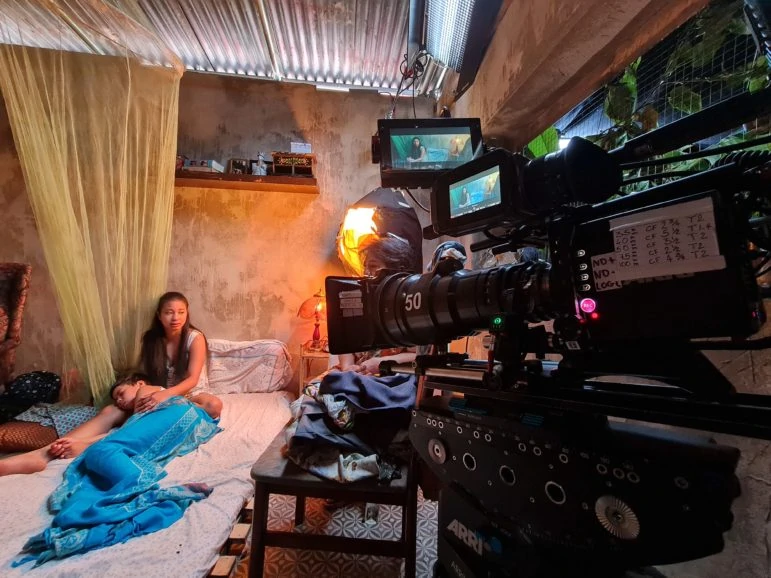
What lessons did you learn from this production you will take with you onto future productions?
I learned on Whiteboy that communication is absolutely paramount and having the right team around you will make or break the shoot. The atmosphere on this film was so important to us and if we had a different vibe on set things probably would have been much different.
My camera team were lovely, the lighting team were hilarious, the 1st AD, me and the director were very close and it’s all those elements that kept what was such a hard film to make an enjoyable experience. I also learned that you can have a lorry full of lights but in the crunch time you can shoot amazing stuff with one lamp.

